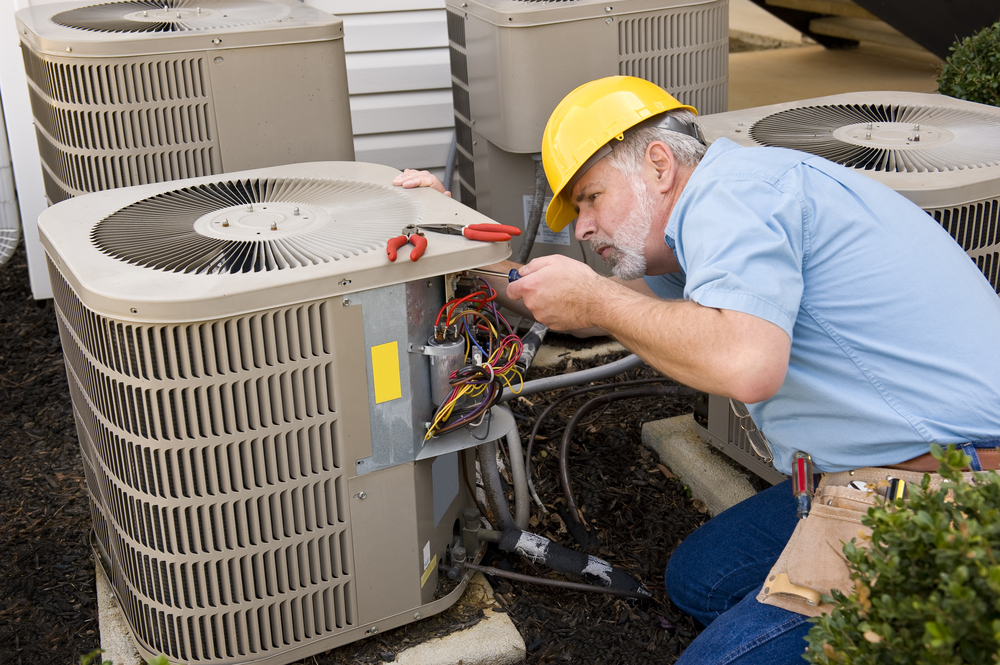Breathe Easy – How Air Conditioning Inspection Improves Indoor Air Quality
In the relentless pursuit of comfort, we often overlook a crucial aspect of our indoor environment – air quality. The very systems designed to keep us cool and comfortable, such as air conditioners, can unwittingly become breeding grounds for pollutants and allergens. However, there is a simple yet effective solution – regular air conditioning inspection. By proactively maintaining and inspecting your AC system, you can significantly improve indoor air quality, promoting a healthier and more comfortable living or working environment. Firstly, air conditioning systems accumulate dust, dirt, and other particulate matter over time. These contaminants not only compromise the efficiency of the system but also circulate throughout your living or working space, contributing to respiratory issues and allergies. During an inspection, HVAC professionals thoroughly clean and remove these accumulated pollutants, ensuring that the air circulating in your indoor environment is fresh and clean. Moreover, neglected air conditioning systems can harbor mold and mildew, particularly in humid climates or areas with poor ventilation.
Mold spores can proliferate within the ductwork or on cooling coils, posing serious health risks to occupants. Routine inspections allow technicians to identify and address any mold growth promptly, preventing its spread and minimizing potential health hazards. Additionally, proper maintenance practices, such as cleaning and disinfecting coils and drip pans, inhibit mold and bacteria growth, further enhancing indoor air quality. Furthermore, air conditioning inspections encompass a comprehensive evaluation of system components, including filters, ductwork, and ventilation systems. Clogged or inefficient filters not only impede airflow but also fail to effectively capture airborne contaminants, allowing them to recirculate throughout the indoor environment. During an inspection, technicians replace or clean filters as necessary, ensuring optimal performance and air filtration. Additionally, inspections may reveal leaks or damage in ductwork, which, if left unaddressed, can introduce pollutants from unconditioned spaces into the indoor air supply. By sealing ductwork and addressing any leaks, technicians prevent the infiltration of dust, allergens, and outdoor pollutants, thereby maintaining superior indoor air quality.
Furthermore, modern air conditioning systems often feature advanced technologies designed to enhance indoor air quality. UV germicidal lights, for instance, effectively sterilize airborne pathogens, including bacteria and viruses, as they pass through the HVAC system. By incorporating such technologies into routine inspections, homeowners and building managers can further safeguard occupants against airborne illnesses and maintain a healthier indoor environment. Beyond health considerations, improving indoor air quality through air conditioning inspections offers additional benefits. A clean and well-maintained HVAC system operates more efficiently, consuming less energy and reducing utility costs. By ensuring that air conditioning systems function optimally, TM44 inspection prolongs the lifespan of equipment, minimizing the need for costly repairs or premature replacements. Air conditioning inspection is a proactive measure that significantly enhances indoor air quality, promoting the well-being and comfort of occupants. By addressing accumulated pollutants, preventing mold growth, and optimizing system performance, inspections create a healthier indoor environment while also improving energy efficiency and reducing operational costs.
